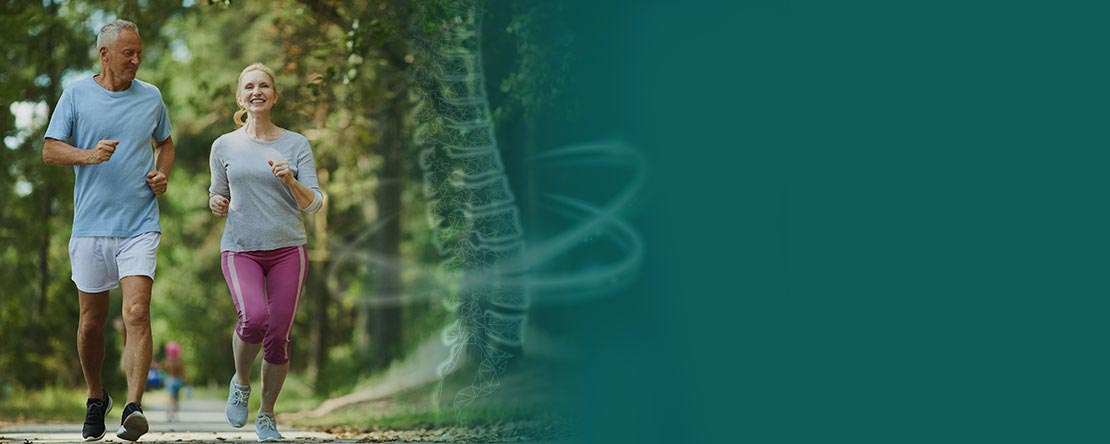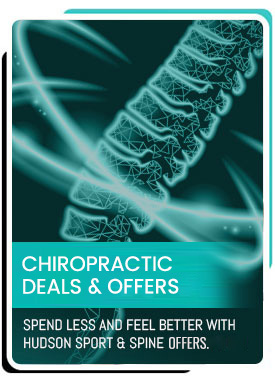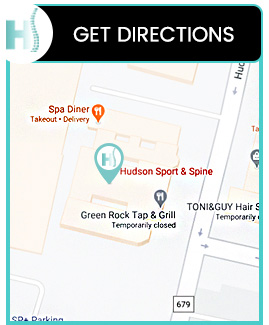Scoliosis Treatment Clinic in Hoboken, NJ
Scoliosis is a spinal curvature that runs sideways. Everyone’s spine has regular curvature, and from behind, the spine seems straight. It is most commonly detected in childhood or early adolescence. Scoliosis is a serious spinal condition that needs to be treated. At Hudson Sport & Spine in Hoboken, NJ Dr. Todd Givens, DC, and his team can assess scoliosis and create a custom treatment plan to make it more manageable. For more information, contact us today or schedule an online appointment. We are conveniently located at 70 Hudson St Suite 2B, Hoboken, NJ 07030.
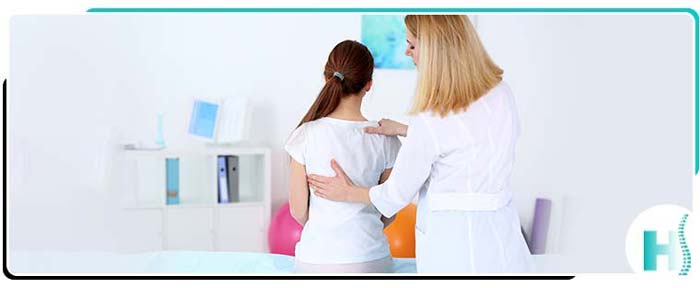
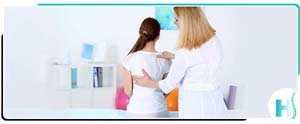


Table of Contents:
What are the 3 types of scoliosis?
What does scoliosis pain feel like?
Why do people get scoliosis?
What happens if you don’t treat scoliosis?
Scoliosis is a condition of the spine. A normal spine has a curve like an S-shape when viewed from the side, curving inward at the neck area, outward at the upper back, and inward at the lower back. When viewed from the back, a normal spine is straight vertically. In someone with scoliosis, the spine curves sideways in a C-shape. There can also be an abnormal rotation or twist in the spine. This can be noticed if a person has a slight lean when standing. You may also notice one shoulder or hip is higher than the other, one shoulder blade appears larger, ribs stand out more on one side than the other, or back pain. Scoliosis can be structural (permanent and involves both a curve and rotation) or nonstructural (temporary and involves only a curve). There are different types of scoliosis.
– Congenital Scoliosis – children are born with spinal deformities.
– Neuromuscular Scoliosis – children develop a curve or rotation in the spine that is caused by medical conditions that affect the muscles that support the spine. The associated conditions may be muscular, neurological, or both.
– Idiopathic Adolescent Scoliosis – diagnosed in adolescents aged 10 to 15, and is more common in girls. Most cases of scoliosis are idiopathic, which means it has no single cause but is thought to be related to growth spurts during puberty.
Adults can also develop scoliosis due to degeneration to the spine that can occur with aging, from trauma, or if there are tumors pressing on the spine.
Someone with scoliosis may experience the following symptoms:
– Low back pain
– Pain or numbness felt in the legs or feet
– Stiffness or tightness
– Muscle strain
– Muscle weakness
– Fatigue
– Emotional or social difficulties
The cause of scoliosis depends on the type. Some appear to be hereditary or are caused by conditions that are passed through genetics. Others may be caused by birth defects, injuries or infections, or previous surgeries. Some happen due to rapid growth in children and teens, and still, others are caused by deterioration of the spine due to aging.
Scoliosis is not caused by slouching or heavy backpacks and is not corrected by simply sitting up straight.
Structural scoliosis is not reversible and has different causes, both congenital and neuromuscular. Causes include structural birth defects and genetic conditions like Down syndrome or Marfan syndrome and conditions such as cerebral palsy, spina bifida, or muscular dystrophy. Structural scoliosis is known to run in families.
Non-structural scoliosis is reversible and is caused by another issue, like having two legs of different lengths, posture problems, or muscle imbalances or spasms.
Whatever the cause of scoliosis, if it isn’t treated, it will get worse as the patient grows. As we age, the ligaments in the spine weaken, the spine can become less stable, and the curvature becomes more pronounced. If the curvature and rotation become severe enough, it can affect lung capacity, cause heart problems, and can cause the patient to develop further spinal conditions like spondylosis (an arthritic condition) or bone spurs. People can also suffer long-lasting emotional and social effects.
Specialized chiropractic treatment and exercises for scoliosis can help with the reduction of pain and discomfort, slowing the progression, and improved mobility. Hudson Sport & Spine in Hoboken, NJ will complete a thorough assessment of patients with scoliosis, including a physical examination, diagnostic imaging like x-rays, MRIs, or CT scans, and taking a full medical history. We will create a specialized treatment plan centered around non-invasive chiropractic care.
At Hudson Sport & Spine in Hoboken, NJ, Dr. Todd Givens, DC, offers personalized, non-invasive scoliosis treatment plans focused on improving posture, reducing pain, and enhancing spinal function. Whether you’re a teen recently diagnosed or an adult managing long-term scoliosis, Dr. Givens begins with a thorough assessment to understand the curve’s severity, symptoms, and impact on your daily life. Treatment at Hudson Sport & Spine may include chiropractic adjustments, corrective exercises, spinal traction, and posture training—all designed to reduce strain on the spine and improve alignment.
Dr. Givens takes a conservative, customized approach aimed at slowing progression and improving mobility without the need for surgery or bracing when possible. At Hudson Sport & Spine, care is one-on-one and built around your unique condition and goals. If scoliosis is affecting your quality of life, Dr. Givens provides expert, targeted care to help you move better and feel more balanced. If you need our services, we encourage you to contact us through our website today. We serve patients from Hoboken NJ, Jersey City NJ, Weehawken NJ, West New York NJ, Guttenberg NJ, Secaucus NJ, Harrison NJ, Kearny NJ, Newark NJ, Belleville NJ, North Bergen NJ and Lyndhurst NJ.

